It’s a question that is partially answered by a report from Engineers Australia: The Engineering Profession: a statistical overview.
According to the report, there are currently more than 545,000 engineers in Australia, with the qualified engineering labour force growing by more than 93,000 in the five years between 2016 and 2021.
While that may sound promising, the report also forecasts that something like 70,000 engineers will retire by 2036. Meaning we face the prospect of not only having our workforce contract (just when we need it to be growing), but that we will also be losing some of the most experienced and qualified members of our profession.
Tackling this challenge will therefore require us to focus our recruitment efforts on new and untapped potential labour sources, while also debunking a few myths which have come to be associated with our sector.
The first – energy is a man’s game – is certainly an outdated stereotype, however to truly quash it businesses need to ensure they have the right processes and policies in place to support a diverse workforce, while also taking steps to showcase female leaders across our sector so that they too may inspire others to follow in their footsteps.
We also need to reconsider entry pathways into our sector. While the industry is doing a good job of supporting apprentices, it simply makes sense to consider opportunities for mature-age apprentices and people who are looking to change careers later in life.
Here we’re already seeing apprentices being drawn from diverse backgrounds, with former ambulance drivers, office workers, farmhands and defence force personnel all successfully starting new careers in our sector. Each of them is now using the skills learnt in a previous career to help build and maintain our energy network.
Finally, there simply aren’t enough TAFE programs to train the next generation of frontline workers.
While most energy companies talk about developing training centres (and indeed some are already building them), it’s not as easy as just supplying a building – we also need to attract the next generation of trainers.
Here we face a conundrum with those best placed to train the next generation of workers currently working on the frontline – and we are not in a position to take them away from this crucial work and place them in a classroom.
So how do we teach the next generation if we can’t find the teachers?
This is where the private and public sectors can work together to create learning opportunities for our emerging workforce.
With the industry holding extensive knowledge about how best to train the next generation of engineers and the public sector being well-placed to leverage existing (and create new) platforms for this knowledge to be shared, there is a great opportunity for us to work together to tackle this most pressing of challenges.
While healthy debate about the future of the energy system is always welcomed, we simply won’t be able to build that system (whatever it looks like) without addressing the labour challenges before us. Our task now is to broaden our approach, be agile, and attract a new and diverse workforce to our sector.
Author: Peter Iancov Managing Director, Zinfra
The views and opinions expressed in this article are the author’s own, and do not necessarily reflect those held by pv magazine.
This content is protected by copyright and may not be reused. If you want to cooperate with us and would like to reuse some of our content, please contact: editors@pv-magazine.com.
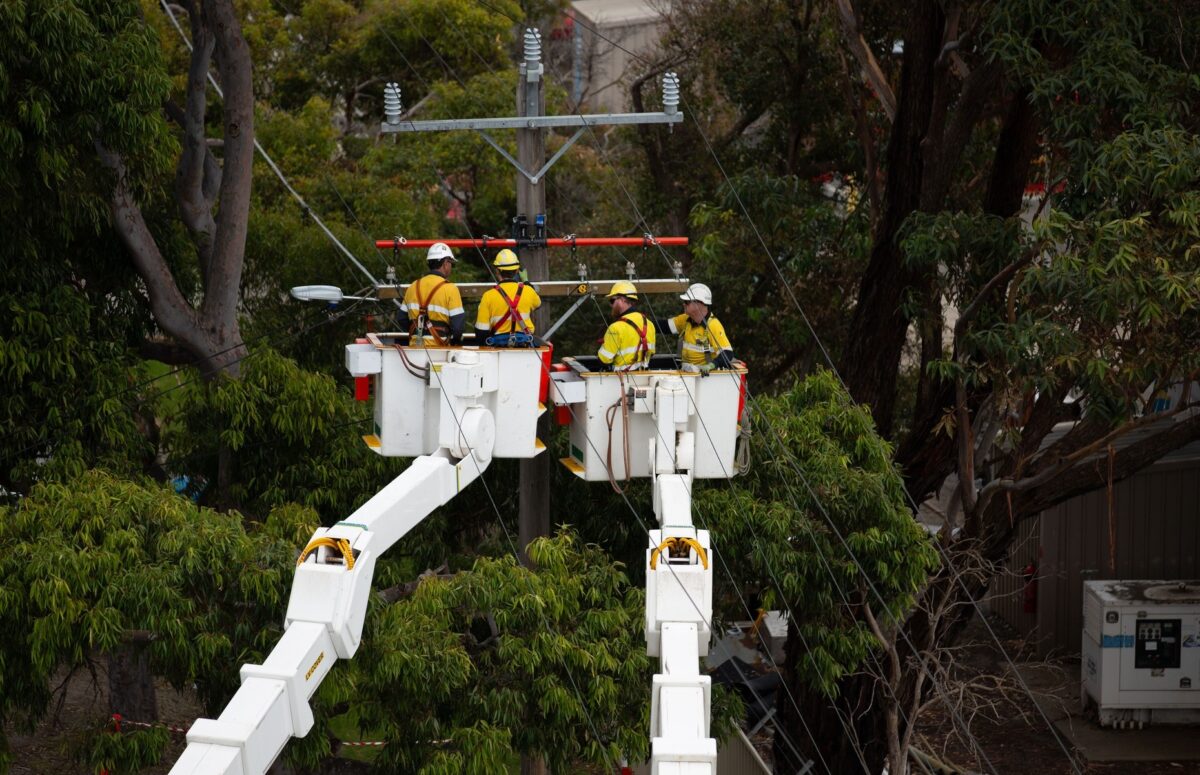
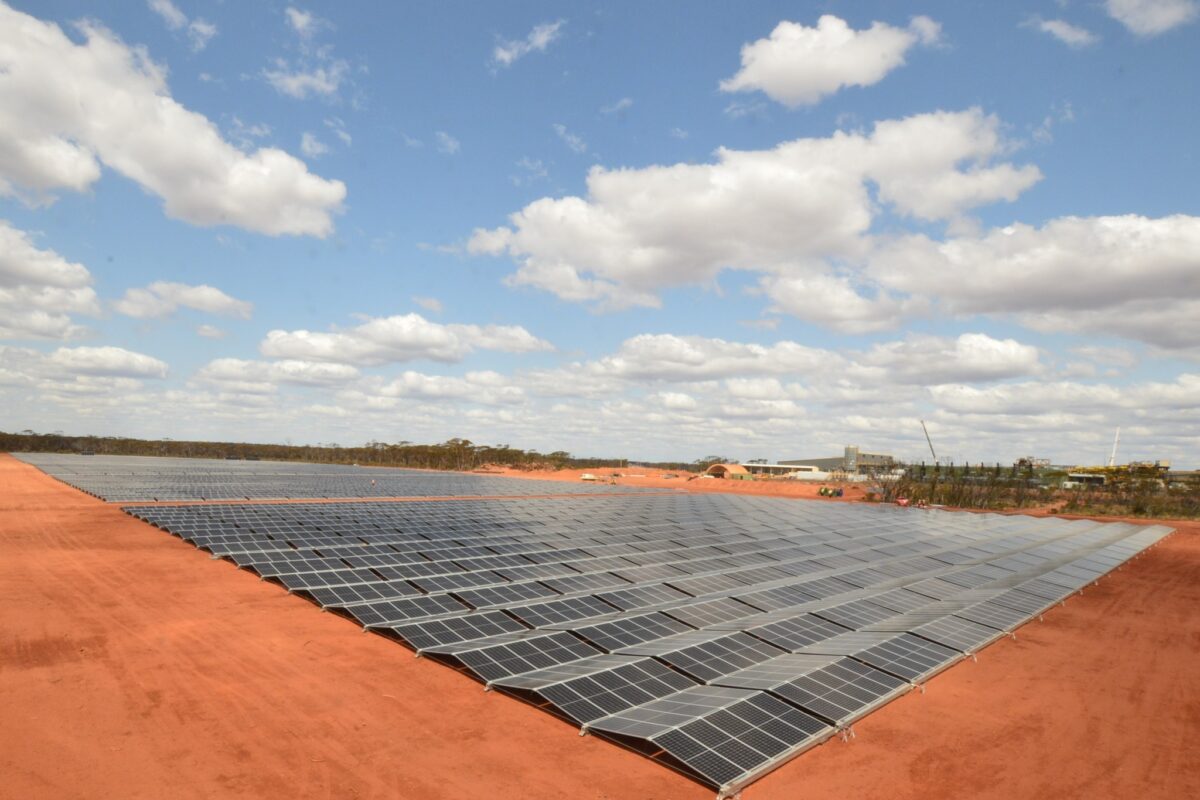

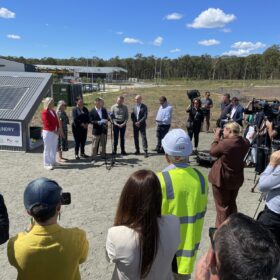
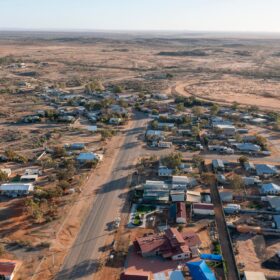
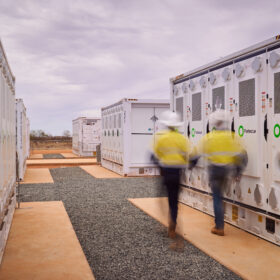
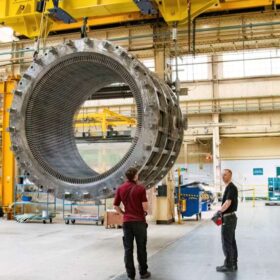

By submitting this form you agree to pv magazine using your data for the purposes of publishing your comment.
Your personal data will only be disclosed or otherwise transmitted to third parties for the purposes of spam filtering or if this is necessary for technical maintenance of the website. Any other transfer to third parties will not take place unless this is justified on the basis of applicable data protection regulations or if pv magazine is legally obliged to do so.
You may revoke this consent at any time with effect for the future, in which case your personal data will be deleted immediately. Otherwise, your data will be deleted if pv magazine has processed your request or the purpose of data storage is fulfilled.
Further information on data privacy can be found in our Data Protection Policy.